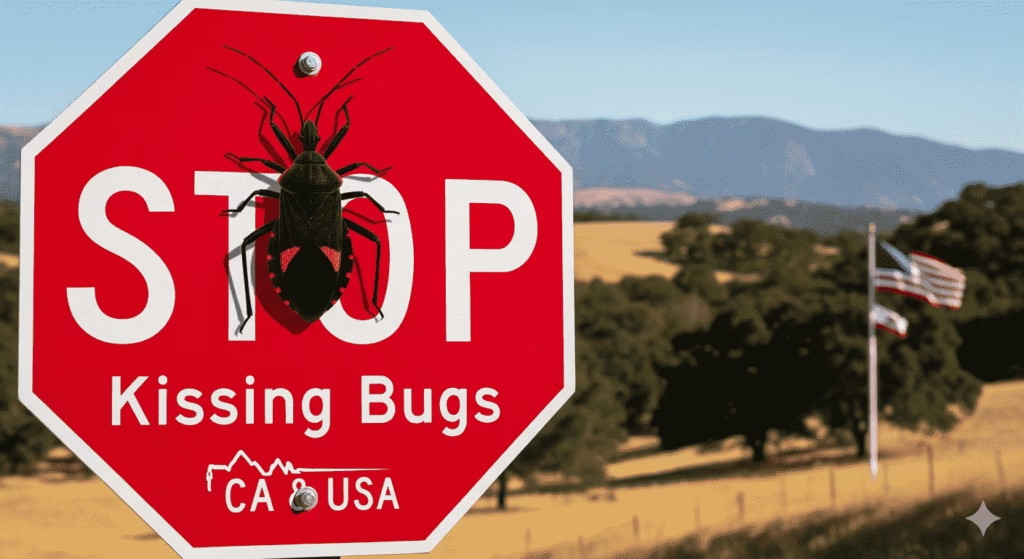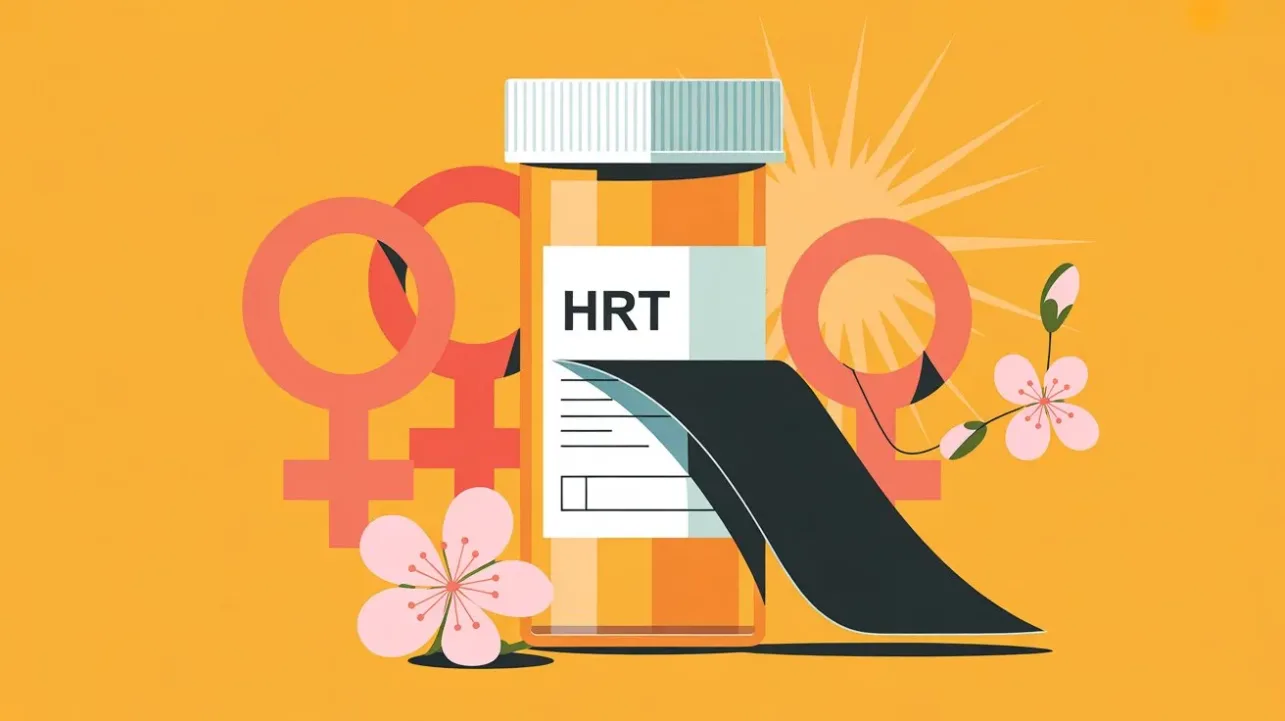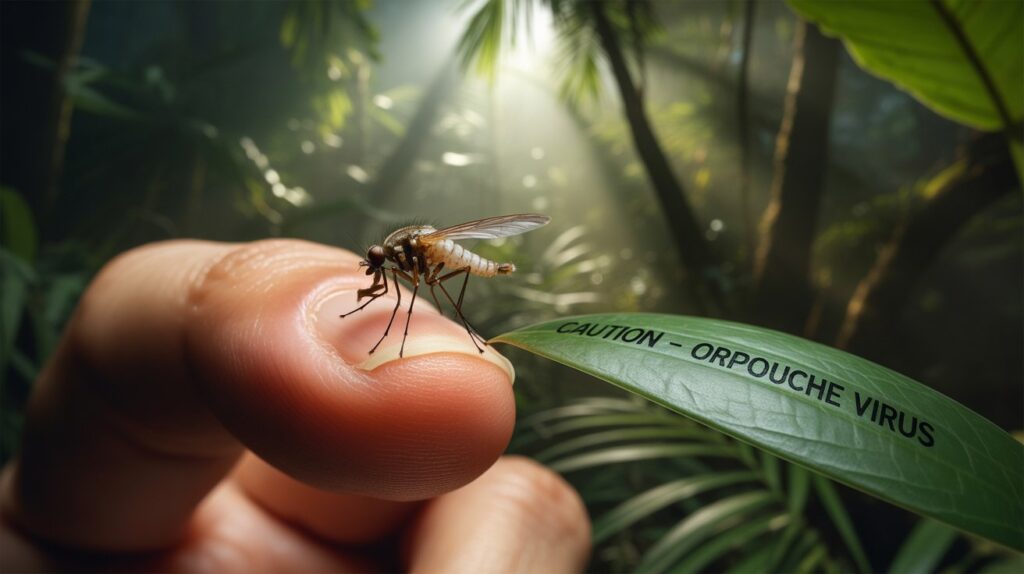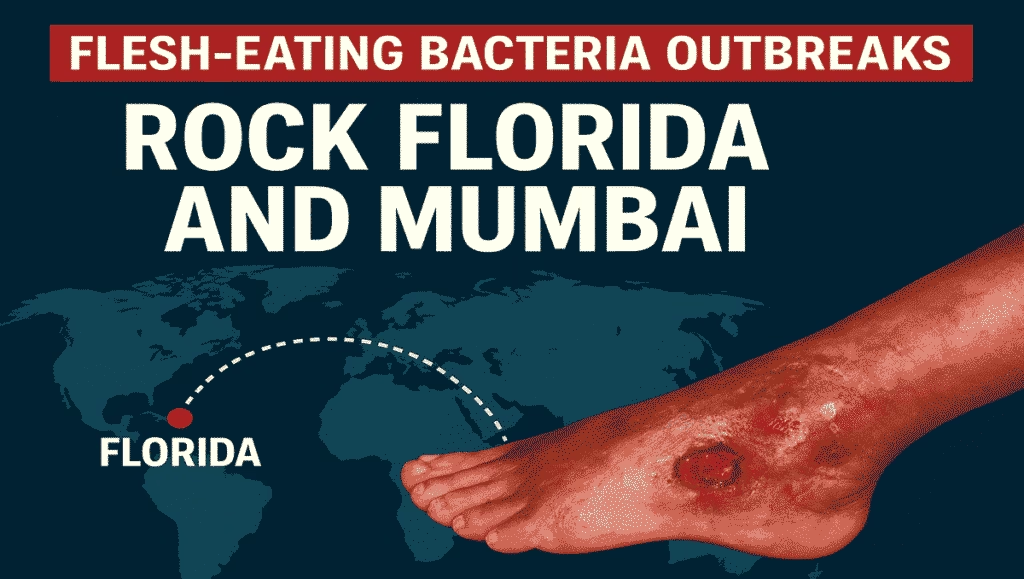Kissing bugs (Triatomines) are biting insects known for transmitting the parasite Trypanosoma Cruzi, which causes Chagas disease—a potentially serious illness increasingly noted in parts of the USA, especially California and southern states like Texas and Arizona. With rising awareness due to news coverage and growing sightings reported in hotspots including Los Angeles, San Diego, and Central California, protecting your home and family from kissing bugs is essential. This guide combines expert advice, region-specific insect management strategies, and personal protection steps to repel and reduce kissing bug risks effectively.
Understanding Kissing Bugs and Their Habitats in California and Beyond
Kissing bugs are nocturnal blood feeders that hide in cracks, crevices, and cluttered outdoor areas such as woodpiles, brush, and rodent nests common around many Californian homes. Species like Triatoma Protracta and Triatoma Sanguisuga are recorded in California and Texas. These bugs may enter homes through small openings, attracted by lights or the presence of wildlife hosts such as raccoons, opossums, and rodents, which are common in many suburban and rural neighborhoods.
Integrated Pest Management (IPM) for Kissing Bug Prevention in the USA
Effective kissing bug control relies on Integrated Pest Management (IPM), which includes locally tailored strategies
- Environmental Maintenance: Remove wood piles, leaf litter, unused building materials, and debris within at least 20 feet of your home. In California, this also means managing outdoor vegetation to reduce rodent and wildlife hosts.
- Exclusion Techniques: Seal cracks and gaps around windows, doors, walls, roofs, and foundations using silicone-based caulk or copper mesh to block entry points typical of American homes.
- Screening: Ensure window and door screens are intact and free of holes.
- Structural Considerations: Many California homes have stucco or concrete slab foundations which help reduce risks, but crawl spaces and attic vents should be sealed with stainless steel wire mesh.
- Reduce Wildlife Hosts: Conduct rodent control and remove nests or dens of opossums, raccoons, and other mammals near residential areas to discourage kissing bug presence.
Chemical and Natural Repellents: What Works in California?
- Professional pest control services in California frequently use synthetic pyrethroid insecticides applied to cracks and crevices. These have proven effective but must be applied responsibly.
- Natural repellents (citronella oil, peppermint, tea tree oil) have minimal proven effect on kissing bugs in US studies.
- EPA-approved insect repellents like DEET do not reliably repel kissing bugs, so personal use is more focused on protective clothing and bed nets.
Personal Protection and Bite Treatment in Kissing Bug Hotspots
- Use insecticide-treated bed nets, especially in regions around southern California and Texas during summer months.
- Wear long sleeves and pants in dusk and nighttime outdoor settings.
- Treat bites promptly with soap and water, calamine lotion, or anti-itch creams.
- Avoid crushing bugs with bare hands; if a kissing bug is found, capture it with gloves and contact local health or extension services for identification.
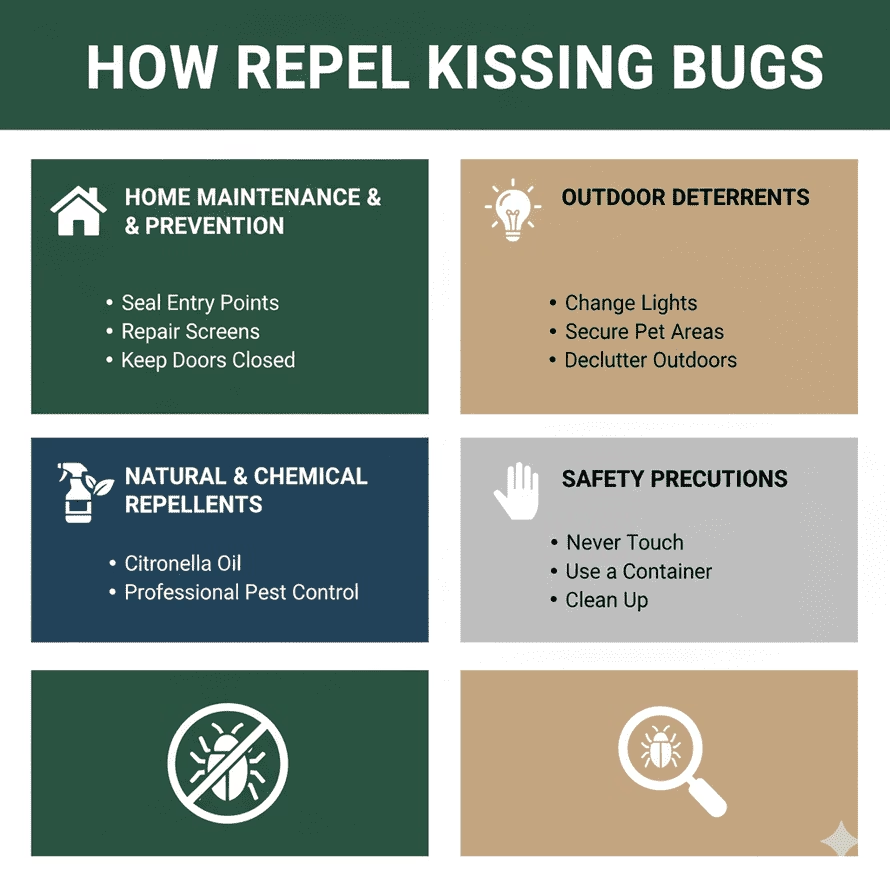
Chagas Disease Awareness in California and Southern States
- Chagas disease remains relatively rare in the US but is considered endemic in certain areas, including southern California.
- Monitor symptoms, especially if bitten or exposed to kissing bugs; early treatment can prevent chronic complications.
- Follow CDC guidelines and local public health advisories for up-to-date information specific to California.
When to Call a Professional in California and US States
- If kissing bugs are frequently found inside or near your home.
- When extensive clutter or structural vulnerabilities exist.
- For professional insecticide treatment and home sealing services.
Summary
Protecting homes in California and other US states involves a multi-layered approach: environmental management, home exclusion, cautious insecticide use, personal protection, and awareness of Chagas disease risks. Timely action and local resources can help reduce exposure, keeping families safe amid rising concern due to recent news and trends in kissing bugs and Chagas disease outbreaks.

